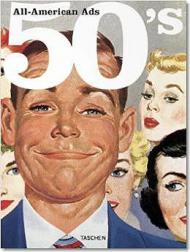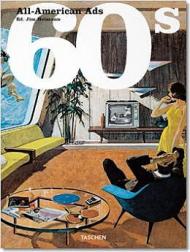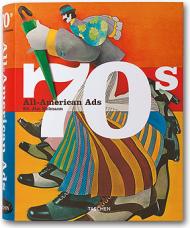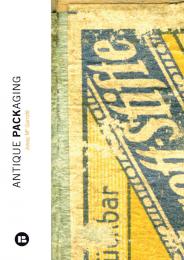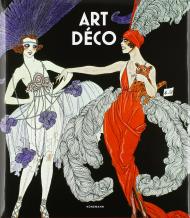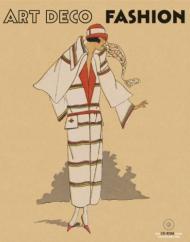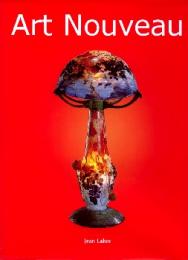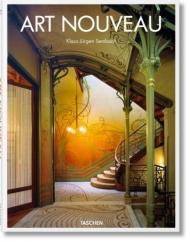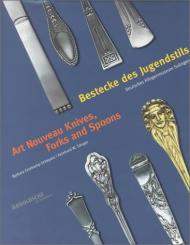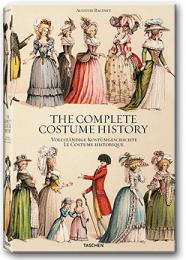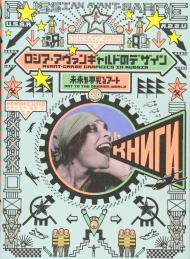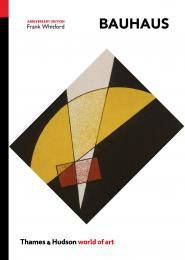Sexy, modern, and unabashedly consumer-oriented, Art Deco was a new kind of style, flourishing at a time of rapid technological change and social upheaval
Lacking the philosophical basis of other European design movements, Deco borrowed motifs from numerous sources - Japan, Africa, ancient Egyptian and Mayan cultures, avant-garde European art--simply to create novel visual effects.
Art Deco 1910-1939 surveys the sources and development of the popular style with more than 400 colour illustrations and 40 chapters by numerous design specialists. The authors track Deco around the globe, from Paris to the United States - where it got its biggest boost from mass production - to Northern and Central Europe, Latin America, Japan, India, and New Zealand.
The book's broad focus encompasses industrial artefacts (the Hindenburg blimp, the Burlington Zephyr locomotive), as well as architecture, furniture, accessories, fashion, jewellery, typography and poster design. Despite the existence of other prominent artistic movements during the 1920s and '30s, the authors tend to hang the Deco label on virtually any object that portrays the effects of technology or employs colour, luxury materials or artificial light in striking ways. It does seem a stretch to include Man Ray's photographs, Sonia Delaunay's textiles and the movie King Kong in the Deco pantheon. But the great strength of Art Deco 1910-1939 is that it reveals the social context of Deco, not just its pretty face.
__________________
‘The best book on Art Deco to have appeared so far, and likely to remain so.’ Bevis Hillier, Literary Review
Art Deco – the style redolent of the flapper girl, the luxury ocean liner, Hollywood film and the skyscraper – came to epitomize the glamour, luxury and hedonism of the Jazz Age. It burst on to the world stage at the 1925 Exposition internationale des art decoratifs et industriels modernes in Paris, and quickly swept across the globe. Its influence was felt everywhere, from the skylines of New York and Shanghai to the design of fashionable eveningwear and plastic radios. Above all, it became the signature style of the pleasure palaces of the age – hotels, cocktail bars, nightclubs and cinemas.
This authoritative publication brings together leading experts to explore the sources, varied forms of expression, distinct visual language and global reach of Art Deco. With its breathtaking illustrations, this lavish volume is the definitive book on what is, arguably, the most popular style of the twentieth century.
About the Authors
Charlotte Benton is an independent architecture and design historian. Her publications include A Different World? E´migre´ Architects in Britain, 1928–1958 (1995).
Tim Benton is Professor of Art History at the Open University. He has also co-curated a number of exhibitions, including Thirties: British Art and Design before the War (1979) and Art and Power (1996).
Ghislaine Wood is a Senior Curator in the V&A’s Research Department. She was curator of touring exhibition Art Deco 1910– 1939 (2003) and deputy curator of the major exhibition Art Nouveau 1890–1914 (V&A 2000).

